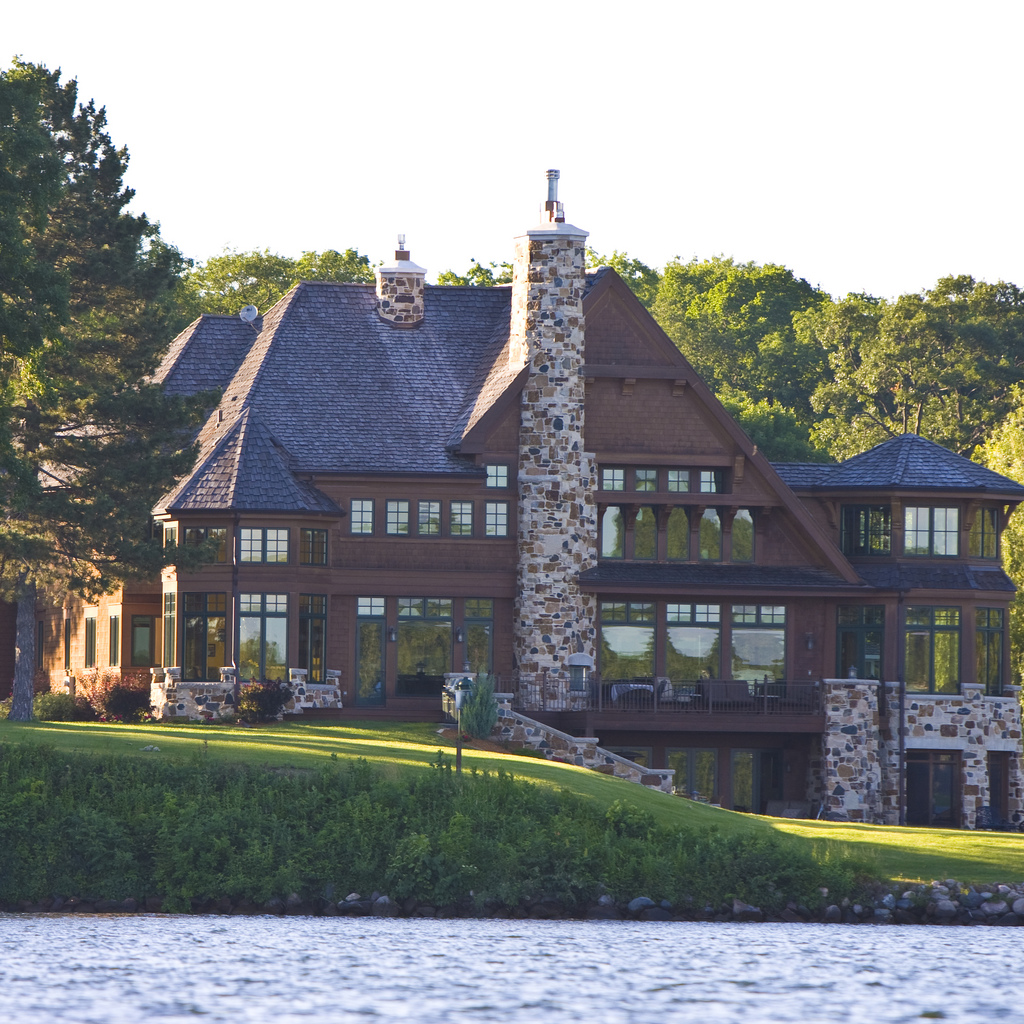Is Your Lakefront Ready For Spring?
I know it’s just the middle of February, but this mini heat wave of above freezing temperatures here in Minnesota has me thinking about summer.
Just the sound of the ice melting is enough to get me thinking about heading out the lake and diving in head first.
However, melting ice on the lakes also means it’s time to inspect your boat docks and observe the lake conditions around your lakefront property.
Below are our top 3 recommendations for this spring if you want a sandy beach bottom lake floor the entire family can enjoy this year.
Look For Shoreline Erosion
Shorelines of inland lakes change naturally overtime as the shoreline of many lakes is constantly being bombarded by wave or ice movement, which grinds and displaces soil particles which end up in the lake. In natural conditions this is typically a very slow process over a long period of time.
However, human activities have changed the balance which greatly accelerates the natural erosion processes. An eroding shoreline can be the result of natural or human elements, can be site-specific or widespread, and may have more than one cause.
Shoreline erosion can also cause sedimentation changes in the lake ecosystem by covering or removing plants and bottom habitat required for fish feeding and spawning. Sedimentation carries nutrients and other pollutants that may be attached to the soil.
Erosion of soil into a lake also causes the water to become turbid, or cloudy. Loss of water clarity makes feeding difficult for fish and wildlife species that rely on sight for finding their food.
Get A Water Quality Test
Water testing in lakes and wetlands is important because it can tell a lot about the lake. The environment is always changing and with that, the water quality.
There are living organisms that can affect the quality. Water testing allows specific problems to be tested such as muck build up, algae growth, and suspended solids.
Get Ahead Of The Weeds With Water Treatment
Most of the aquatic vegetation that was on your beach last fall is laying on the bottom decaying and breaking down into muck (bottom sediment).
This muck will now be fueling the growth of new weeds & weeds that are still living, laying on the bottom waiting for it to warm up so they can come back bigger and stronger than before.
Products that agitate the lake or pond bottom such as the Manual Beach Roller, Lake Groomer or Aqua Thruster will work great for this. They will help stir up and move plant seeds, dead weeds & silt away from your shoreline.
Other great options for reducing silt on your beach bottom would be our Beneficial Bacteria Pellets.
If you already have seaweed and algae appearing then we recommend our Black Pack Max for an all in one Complete Algae & Muck Control solutions as well as increase the good bacteria in your pond.
Cutrine Plus will control floating plants (like duckweed & algae) and nearly all submerged pond weed varieties. It helps stop the weeds before they appear.
As the temperatures start to rise, algae blooms can appear every 2-3 weeks. Using Cutrine plus with our Bio-Catalyst will increase the effectiveness of Cutrine Plus by up to 4 times.
Follow this up with Liquid Bacteria & Muck Pellets to control silt and clarify the entire water column.
Using a pond water clarifier will not only leave your pond a pleasing blue color, but it will also block out specific light rays to deter weed and algae growth.
With a little work and some patience, your pond will be ready for the summer months ahead.


